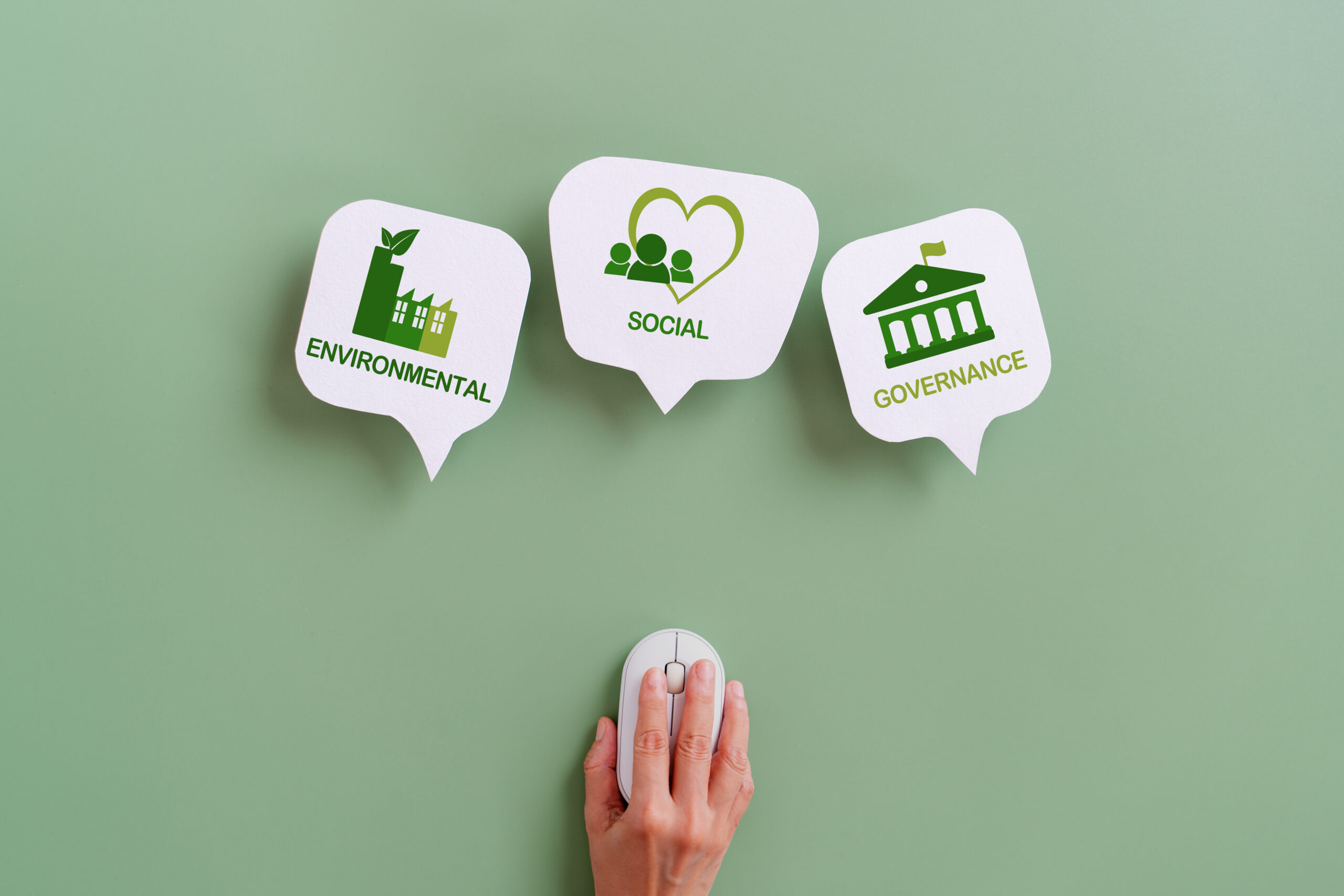Why Real-World Connections Matter
One of the most powerful ways we can help students engage with what they’re learning is by connecting academic concepts to the real world. As an educational content developer and editor, I’ve seen how students’ interest and understanding increase when lessons feel relevant to their lives. It’s not just about presenting facts and figures—it’s about providing context that helps those facts make sense.
At Northeast Editing Inc., we work with writers, editors, and educators who are passionate about creating materials that go beyond the textbook. We strive to show students why what they’re learning matters—and how they might use it in their lives outside the classroom. These real-world connections can spark curiosity, deepen comprehension, and give students a greater sense of purpose in their education.
From Abstract to Applicable
Let’s face it—students often ask, “When am I ever going to use this?” It’s a fair question, and one that deserves a thoughtful answer. Real-world connections are that answer. They help bridge the gap between abstract academic skills and everyday life.
When students understand how a math concept applies to budgeting for groceries or how a science lesson ties into the climate issues they see on the news, they’re more likely to stay engaged. It’s about showing them that learning isn’t confined to the classroom—it’s a tool they can carry into the real world.
For example, instead of presenting a geometry lesson purely as a set of theorems, we might frame it around designing a new park or building a community garden. This context turns an abstract lesson into a meaningful problem-solving task.
Making Content Culturally and Locally Relevant
Real-world connections should also reflect the diverse communities and backgrounds of the students we serve. When content speaks to a student’s culture, interests, and lived experiences, it’s more likely to resonate.
This means thinking carefully about the examples we use. A story problem about skiing might not land with students in a warm, urban environment, but a similar problem involving a neighborhood basketball court might. Similarly, a reading passage about local traditions or regional history can connect classroom learning to a student’s home life.
We don’t just want content to be relatable—we want it to feel personal. Students need to see themselves in the materials they read, the problems they solve, and the characters they encounter. That recognition helps them believe that learning belongs to them, too.
Cross-Curricular and Career Connections
Real-world learning also involves showing students how different subjects connect to one another and to future opportunities. When we write or edit educational materials, we look for ways to tie lessons into larger themes or practical applications.
For example, a unit on persuasive writing might include tasks where students write speeches about local issues or letters to elected officials. A science lesson on ecosystems might connect to current events about environmental conservation or local wildlife. These are not only great educational experiences—they’re also chances to show students how the skills they’re learning now will serve them later, whether they’re preparing for college, careers, or civic life.
Career connections are especially valuable. When students see how math, reading, or science skills are used in fields like healthcare, engineering, or business, it helps them connect their interests to potential paths forward. Including short career profiles, real job examples, or workplace problem-solving tasks in educational content can open students’ eyes to possibilities they hadn’t considered before.
Encouraging Critical Thinking and Curiosity
When students are given the opportunity to explore topics that relate to their world, they naturally begin to ask more questions. They want to dig deeper. They start to think critically—not just about the content, but about how it fits into society, culture, and current events.
This kind of learning encourages students to see themselves not just as learners but as thinkers, problem-solvers, and contributors. It empowers them to take ownership of their education.
As an editor, I always look for ways to build in these connections. Sometimes it’s a simple side note that references a real-life application. Other times it’s a full lesson plan built around a current issue or trend. Either way, the goal is the same: to make the content matter.
How Educators Benefit Too
Real-world connections don’t just benefit students—they also support teachers. When instructional materials include ready-to-go examples and relatable scenarios, it makes it easier for teachers to tie the lesson into classroom discussions, local issues, or students’ personal interests.
Providing context in the content also saves teachers time. Instead of having to search for outside resources or come up with examples on the fly, they can trust the materials to support engagement and understanding right out of the box.
At Northeast Editing Inc., we hear from educators all the time who appreciate when our content includes these thoughtful touches. It helps them do what they do best: connect with students and make learning meaningful.
Final Thoughts
Making real-world connections in educational content isn’t a luxury—it’s a necessity. In today’s fast-paced, complex world, students need to understand not only what they’re learning, but why it matters.
When we write and edit with context in mind, we give students the tools to see learning as relevant, personal, and powerful. We help them build bridges between the classroom and the world around them. And that, to me, is what great education is all about.
